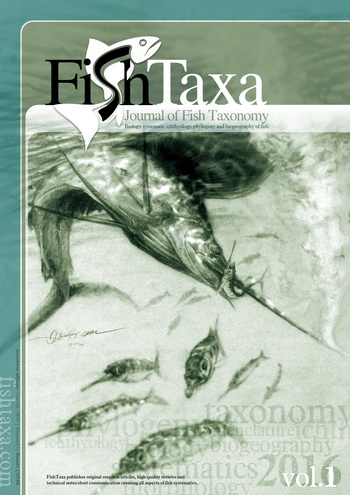Discovery of a New Deep-Sea Scorpaenidae Species from the Western Pacific Ocean: Description and Ecological Notes
Metin Y. Doğan Middle East Technical University (METU), Turkey
Abstract
Species of marine biodiversity are growing with the discovery of a new deep-sea species of the Scorpaenidae family in the Western part of Pacific Ocean. It is a unique morphologically and genetically distinctive species collected over 500 meters depth that does not belong to any known Scorpaenidae family. Scientific analysis showed two survival mechanisms operating in deep-sea conditions through unique sensory organs and particular patterns of fin rays. The scientific discovery enables researchers to understand better the value of deep-sea investigations for discovering unknown marine species and details how Scorpaenidae family members contribute to deep-sea food networks. Studies about the new fish species raise conservation concerns regarding deep-sea habitats because they endure exposure to climate changes and human-induced threats. The research adds to deep-sea fish diversity knowledge while confirming essential sustainability needs in marine resource management. Distinctive features include different numbers of fin rays, body coloration, and special adaptations for survival in deep water, including more sensory organs to sense prey in low light. The discovery makes clear the significance of deep-sea exploration, much less known sea species remaining to be discovered. Moreover, this species is used as a study subject for evolutionary adaptation, ecological roles, and potential biomedical usage of Scorpaenidae venom. This discovery not only furthers understanding of deep sea ichthyofauna, but also highlights the necessity of sustainable management of marine resources to prevent damage to delicate deep seafloor ecosystems.

